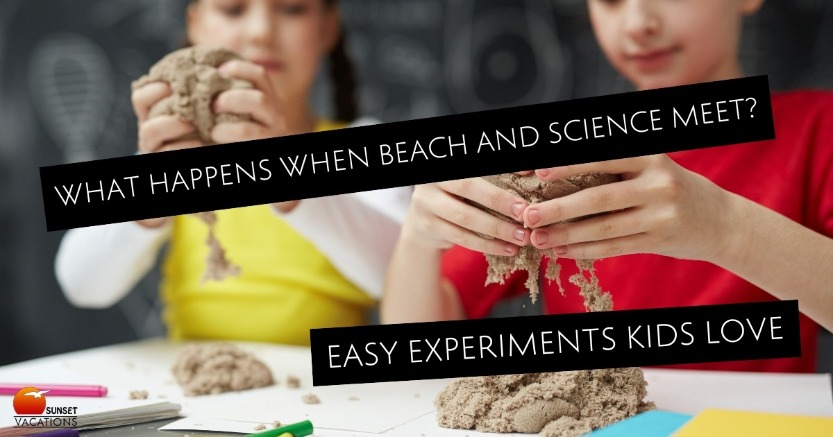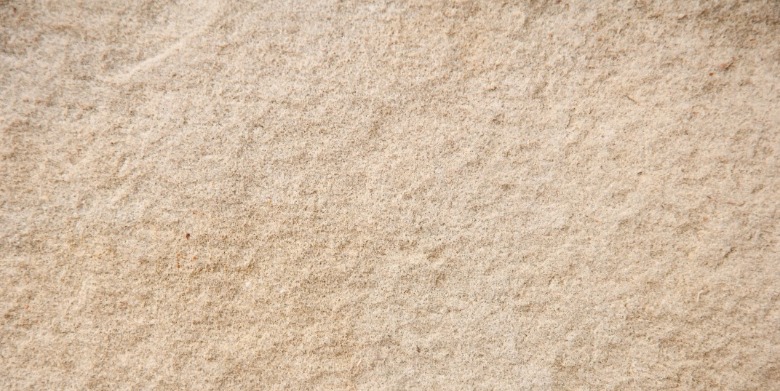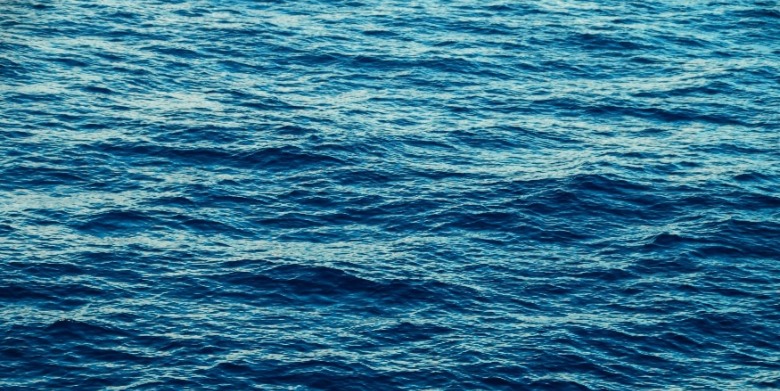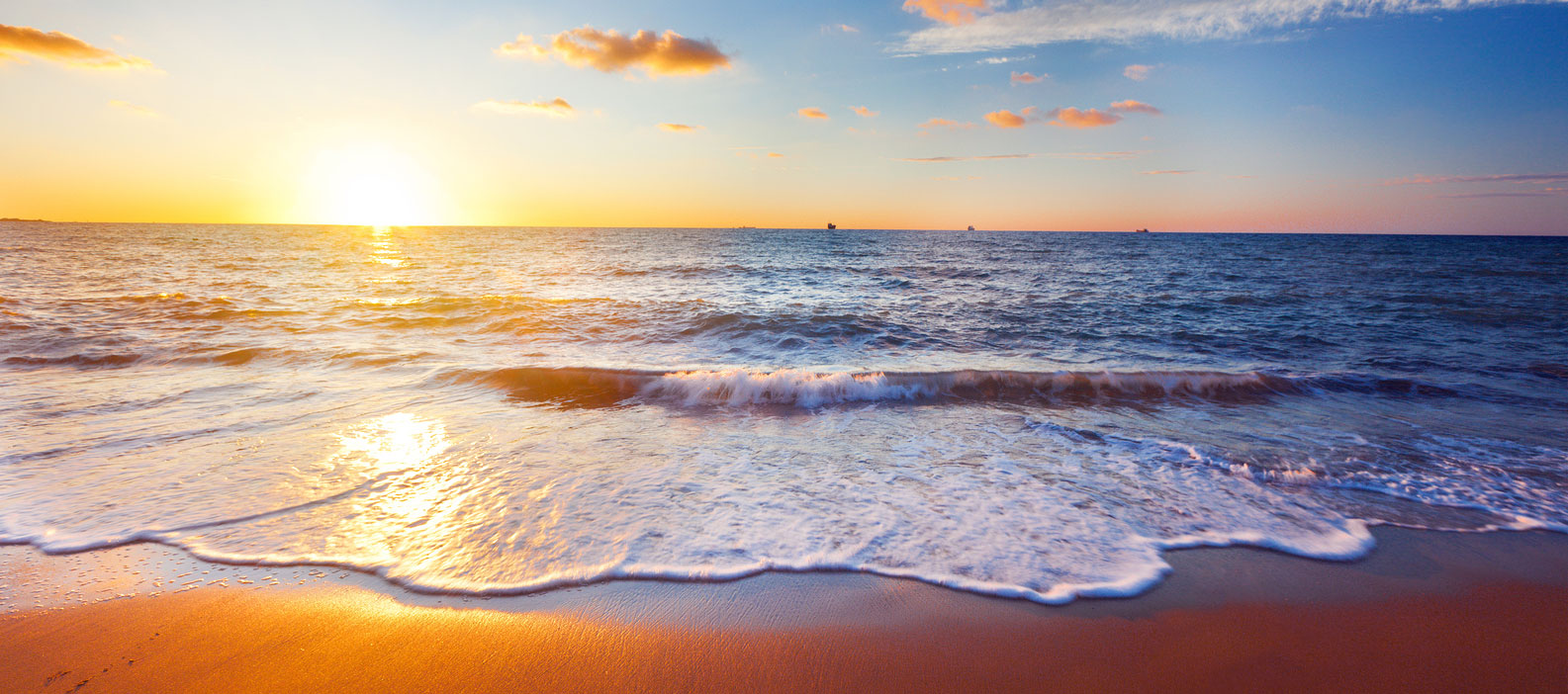What Happens When Beach and Science Meet? Easy Experiments Kids Love

There is so much to discover when visiting the ocean with your children. Every sense is engaged! Just because you're on vacation doesn’t mean you should stop learning. Here are a few simple science experiments to try using materials from the beach.
Make a Seashell Disappear!
This super simple experiment teaches kids what happens when a base (in this case, a seashell which is made of calcium carbonate) mixes with an acid (vinegar).

Materials needed:
White vinegar
Seashell(s)
Clear glass or vase
Instructions:
Place a seashell into a clear glass of white vinegar.
Watch what happens! You should start to see bubbles forming on the surface of the shell immediately. This is the acid of the vinegar reacting with the calcium carbonate of the shell.
If you want to see the whole shell disappear, replace the vinegar once a day until the shell disappears completely!
Beach Sand Slime
This project requires a few ingredients not found on the beach, but with a little preparation you can create slime and your kids will love playing with it for weeks to come.
Slime is a great way to teach your kids about polymers. Show them how the glue is in a liquid state until the “activator” bonds those polymers together to create a fun, stretchy substance!

Materials needed:
½ cup washable clear glue
½ cup plain water
Beach sand (or play sand)
¼ cup liquid starch
Beach pail (or mixing bowl)
Shells, rocks, and other mix-ins
Plastic container to store the slime
Instructions:
Add the water to the clear glue and mix well. You can do this right in the beach pail! Hand mixing is best for slime and really adds to the sensory experience.
Next, add several tablespoons of beach sand to the glue and water mixture.
Add the liquid starch. Slime should start to form immediately. Keep working with the mixture until it starts to pull away from the sides of the container. It should become nice and stretchy!
Make your slime extra fun by adding seashells or pebbles to the mix. Kids love watching slime slide through their hands, twisting, crunching and forming it into snakes, swirls and more!
A variation on this recipe would be to omit the sand but add some blue food coloring and glitter to make a pretty Ocean Slime.
Salt Water Density Experiment
Your kids have surely noticed that ocean water is super salty, especially when they catch a face full of it! Demonstrate how salt affects the density of water with this easy visual.

- Small plastic jewels or beads from the Dollar Store. Or, find lightweight items around the house like dried pasta or grapes
- One clear cup of regular water
- One clear cup of ocean water (or add two tablespoons of table salt to regular water)
- (optional: baking soda and sugar)
Instructions:
Place the two cups of water in front of your child and ask for a hypothesis… will the plastic jewels sink to the bottom in both cups? Only one? Why do you think so?
Drop the jewels into the cups.
Were you correct?
Try the same experiment using sugar or baking soda instead of salt. Did you get the same result? Why?
The salty water from the ocean should have helped your treasures float because it made the water
more dense (that means it gets heavier)! The baking soda should have produced a similar result since baking soda is a type of salt.What about the sugar? Sugar WILL make the water
more dense , but it takes a lot more than two tablespoons to produce the same result as the salt. Try it! Then add some freshly squeezed lemon and enjoy some lemonade! :)Fun Fact: The Dead Sea has a salinity of almost 34% (the ocean hovers around 3.5%, for comparison). Imagine how easy it would be to float there!
We hope you enjoyed our picks for awesome science experiments you can try at home or during your next beach vacation.
Did you try one of these Beachy Science experiments?
Leave us a comment and let us know how it went!











